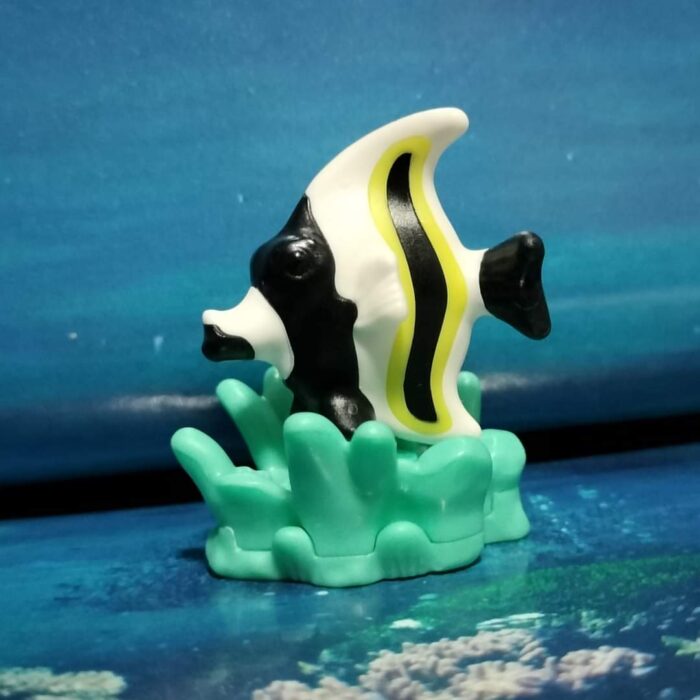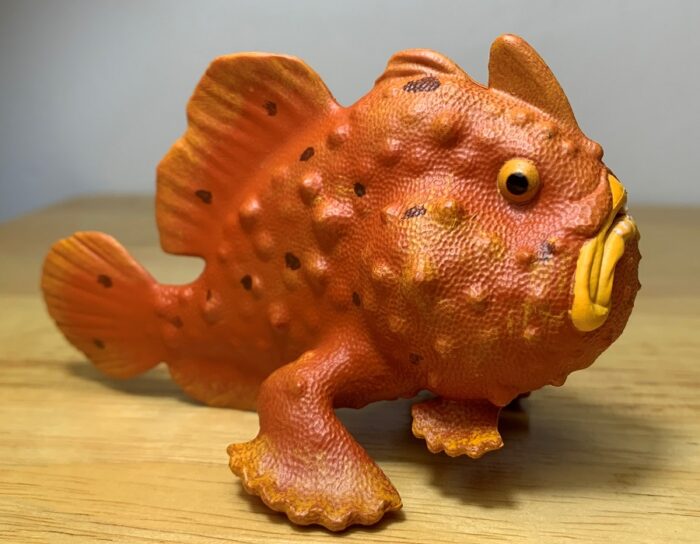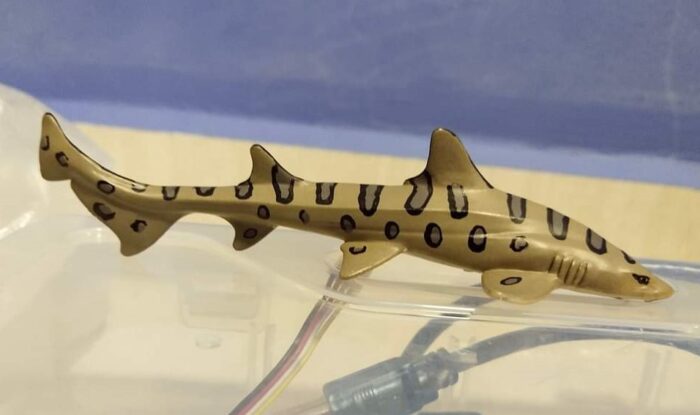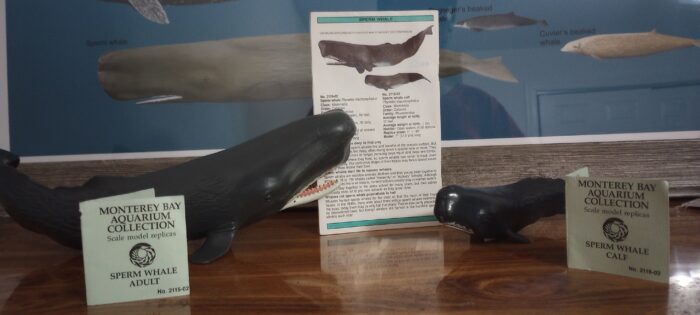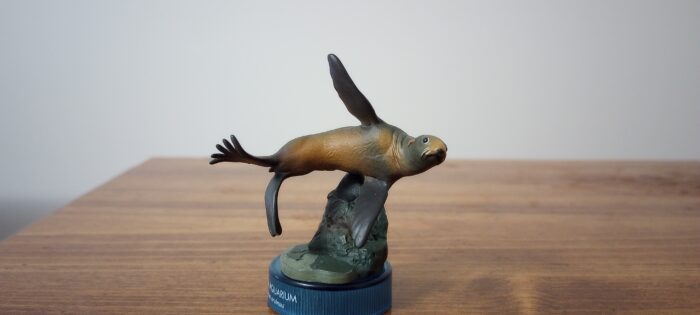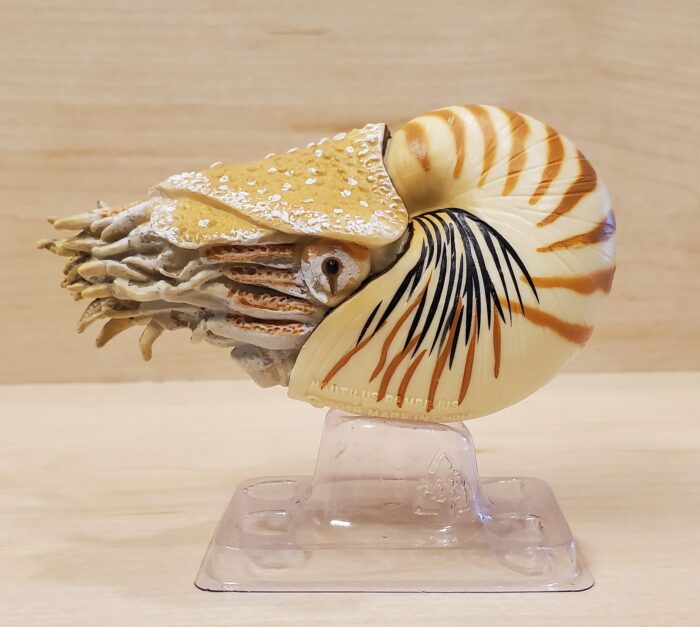Review and images by JimoAi; edited by bmathison1972
Many fish toys made by toy companies like Lego and Playmobil are usually generic fish with little to no effort to identify them to any species and are usually accessories thus not much effort are put into creating them. A few exceptions do try, but they often nail the sculpt passively and the colours usually are hit or miss.

